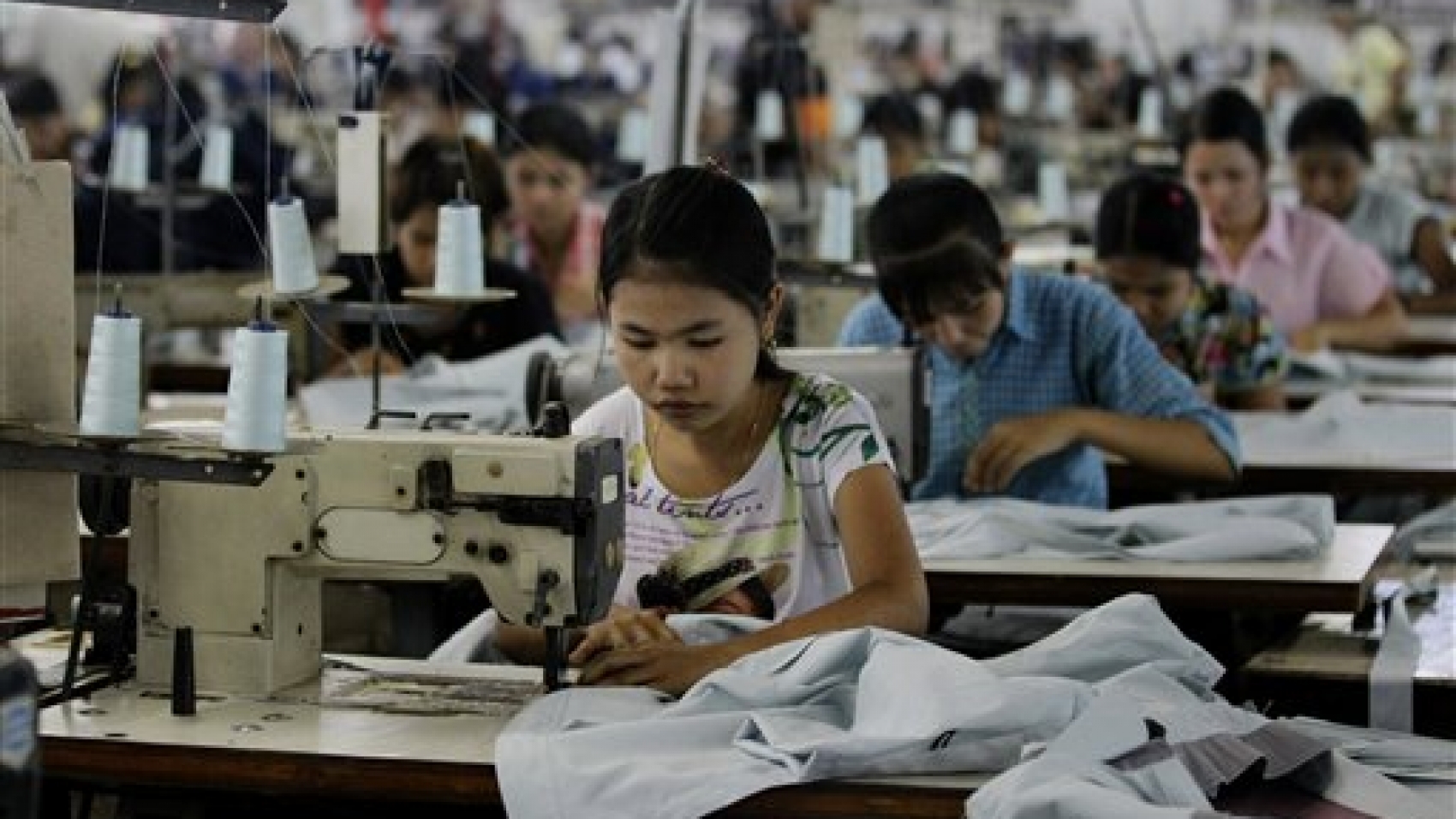Sesame prices possibly remain higher amidst China’s strong demand
The prices of sesame seeds are expected to remain higher on the back of strong demand from China even when the fresh sesame will be harvested in September. The prevailing price of sesame is pegged at K160,000-210,000 per bag depending on quality. The price significantly rose as against that in early July. The price is likely to fluctuate around K200,000 per bag during the harvest time. As the sesame stockpile is thin, there is no way of the price drop in the coming weeks. This year, high sesame producing regions of Myanmar (Magway, Mandalay and Sagaing regions) experienced low yield due to drought impacts. During the meantime, China high demand hiked the prices.
Myanmar increasingly sends sesame seeds to China market. The price fluctuates a bit. The gradual increase in sesame prices since last week of July has been attributed to high demand by China when the drought reduced crop yield in the country. The various varieties of sesame are priced good, especially black and white sesame varieties. Myanmar exports 90 per cent of sesame production to foreign markets. China is the leading buyer of Myanmar sesame, which is also shipped to markets in Japan, South Korea, China (Taipei), UK, Germany, the Netherlands, Greece, and Poland among the EU countries. The EU markets prefer organic-farming sesame seeds from Myanmar. Japan prefers Myanmar black sesame seeds, cultivated under good agricultural practices (GAP), and purchases them after a quality assessment. Black sesame seeds from Myanmar are also exported to South Korea and Japan. Meanwhile, China buys various colored sesame seeds from the country.
The number of sesame acreages has increased in the country. Sesame is cultivated in the country throughout the year. Magway Region, which has gained a reputation as the oil pot of Myanmar, is the primary producer of sesame seeds. The seeds are also grown in Mandalay and Sagaing regions.
Of the cooking oil crops grown in Myanmar, the acreage under sesame is the highest, accounting for 51.3 per cent of the overall oil crop plantation.
The volume of sesame exports was registered at over 96,000 tonnes, worth $130 million, in the 2015-2016 financial years, 100,000 tonnes, worth $145 million, in 2016-2017FY; and, 120,000 tonnes, worth $147 million, in 2017-2018FY.
Source: The Global New Light of Myanmar
CMP businesses-imported raw materials plummet to $1.87 bln as of 7 August
Imports of raw materials by CMP businesses have been valued at US$1.87 billion over the past ten months beginning in October in the 2019-2020 financial years, which plunged from $2 billion registered in the corresponding period of last financial year. Myanmar’s manufacturing sector is mostly concentrated in garment and textiles produced on the cutting, making, and packing basis, and it contributes to the country’s GDP to a certain extent.At present, some CMP garment factories have shut down on the reason for the lack of raw materials due to the coronavirus negative impacts, leaving thousands of workers unemployed.
The pandemic badly batters the labour-intensive enterprises, said an official of the Directorate of Investment and Company Administration (DICA). To deal with the shortage of raw materials for the CMP garment factories in Myanmar, the Ministry of Commerce, the Myanmar Garment Manufacturers Association and the Chinese Embassy in Myanmar, the China Enterprise Chamber of Commerce in Myanmar (CECCM) have jointly imported raw materials through border trade channels and airlines.
However, import values of raw materials by CMP businesses dropped by $140.49 million compared with a year-ago period. The CMP garment sector, which contributes to 30 per cent of Myanmar’s export sector, is facing hardships because of the cancellation of order from the European countries and suspension of the trade by western countries amid the coronavirus pandemic. It can harm the export sector to a certain extent, highlighted the businesspersons. The CMP industry has emerged as very promising in the export sector.
The value of CMP exports was just $850 million in the 2015-2016 budget year, but it tripled within two years to reach $2.5 billion in the 2017-2018FY. During the last financial year 2018-2019, incomes from garment exports were over $1 billion higher than the previous budget year. Since an outbreak like COVID might happen in the future, it is necessary to prepare for a sufficient supply of raw materials. The public and private sectors will cooperate in setting up the supply chain on our sources, including weaving, knitting, dyeing, and sewing factories. Japan is the largest market for Myanmar apparel, followed by the European Union. The MGMA has more than 500 members, and garment factories in Myanmar, employing more than 500,000 workers. Investors prefer to invest in countries with inexpensive labor, such as Myanmar.
Source: The Global New Light of Myanmar

